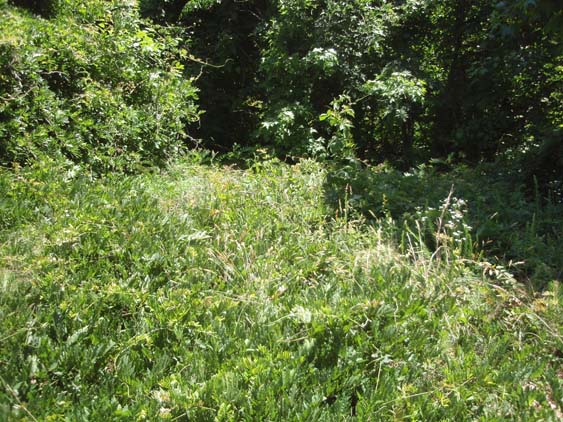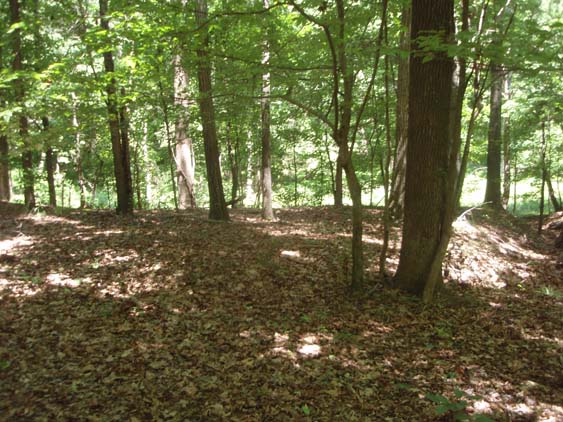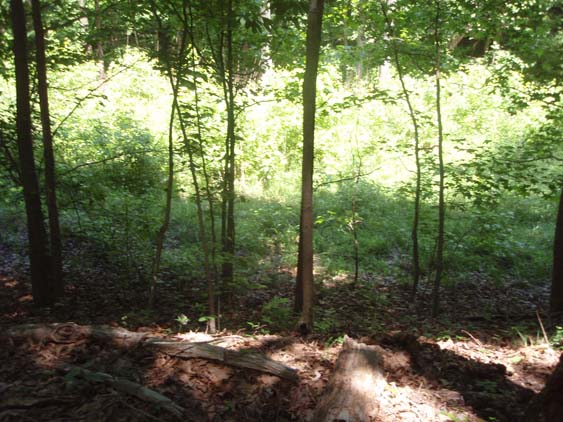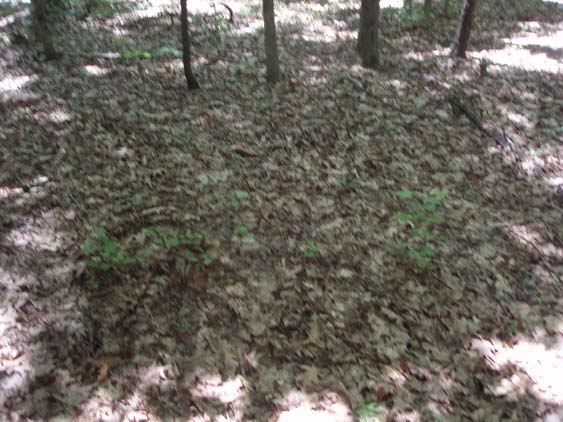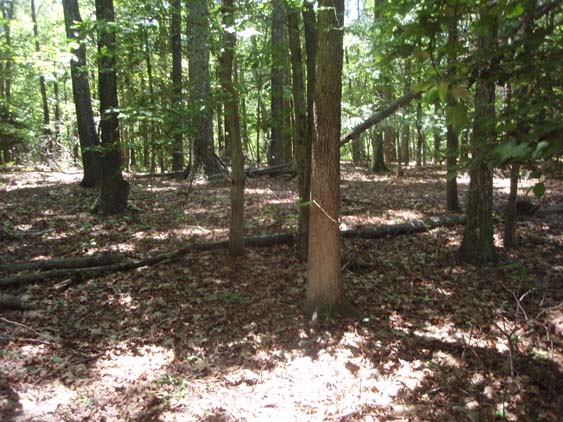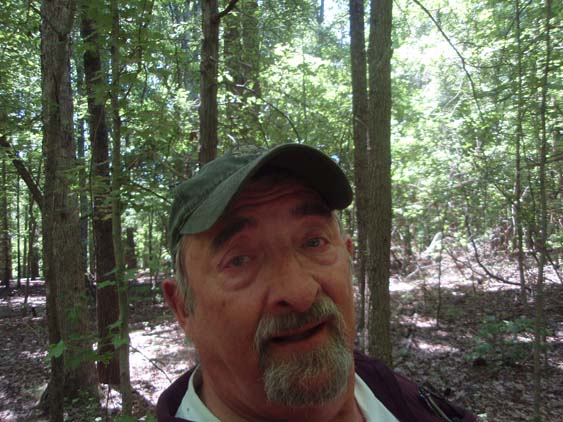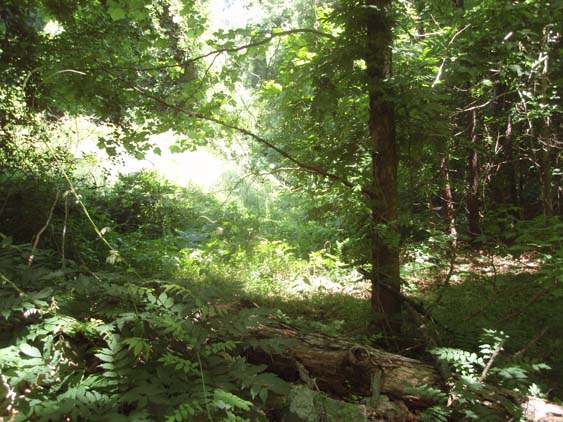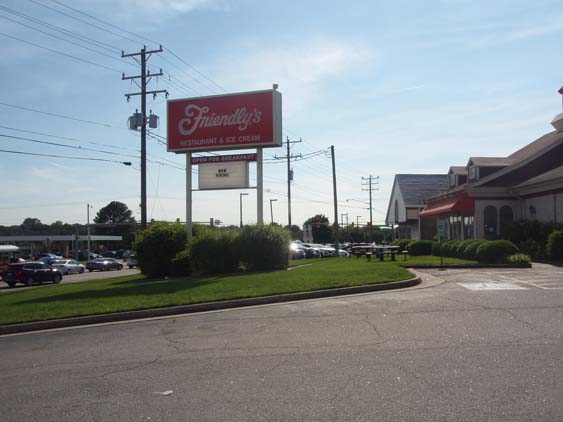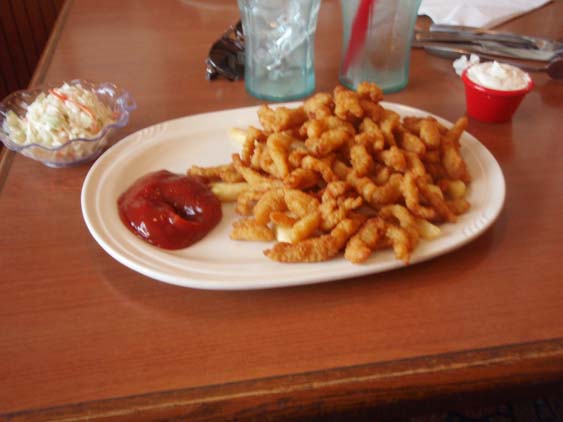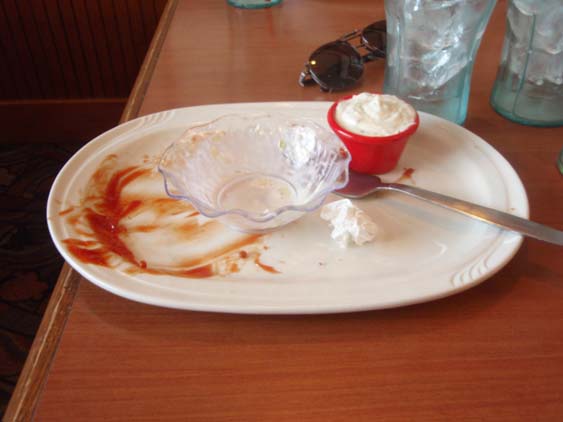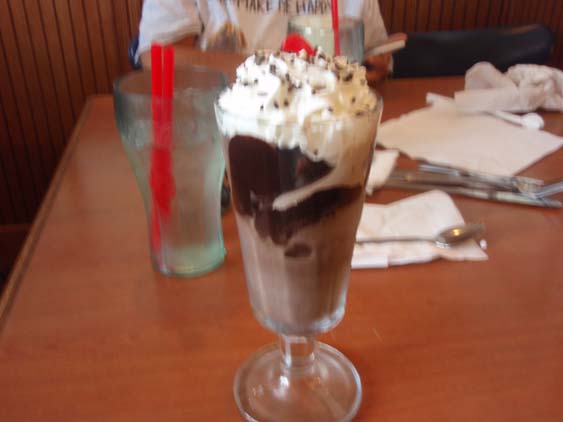Day 07
May 22
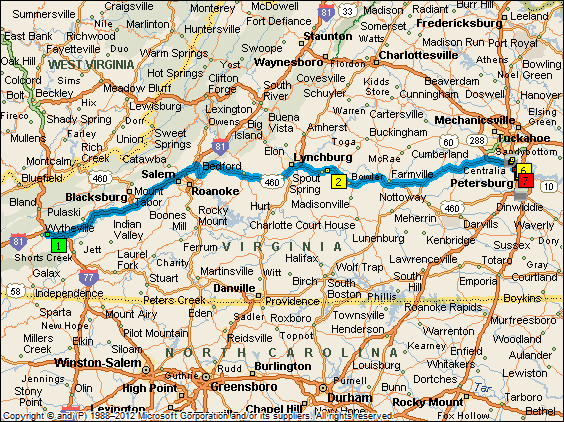
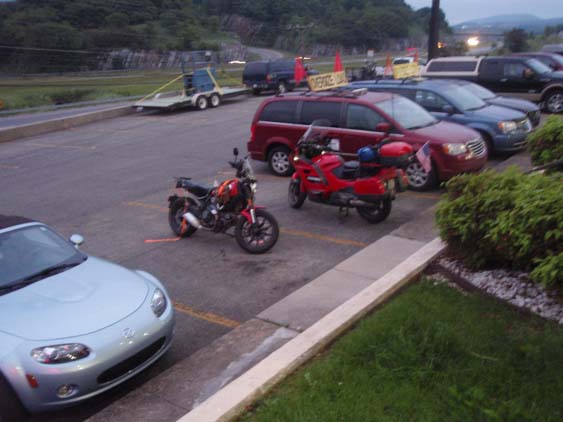
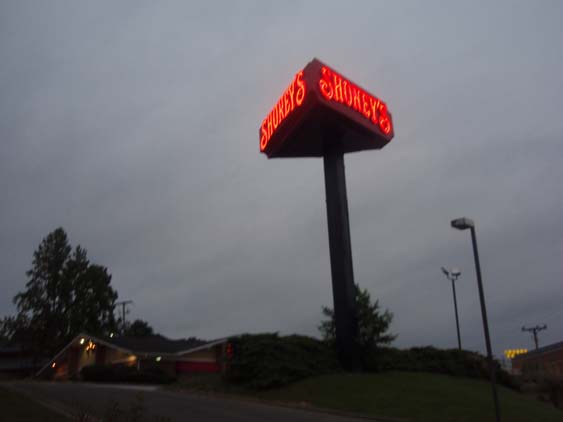
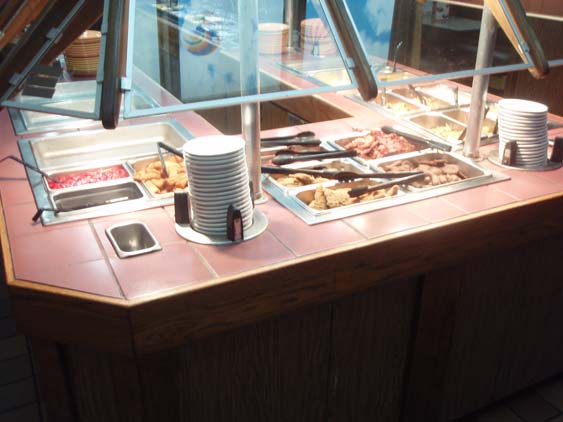
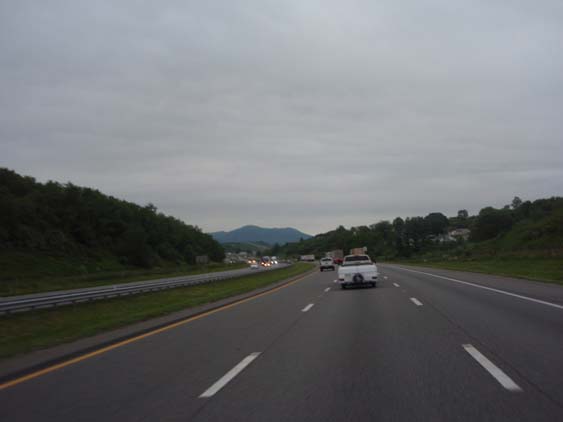
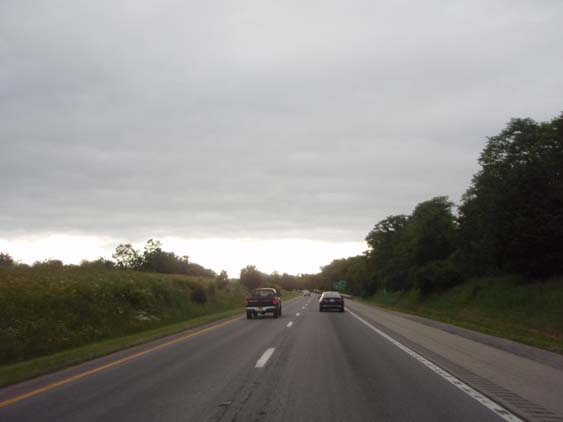
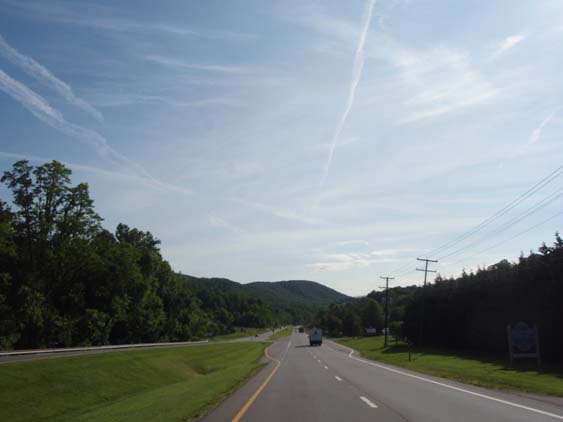
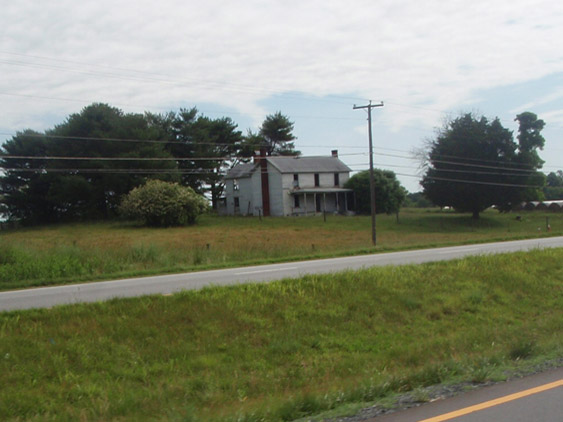
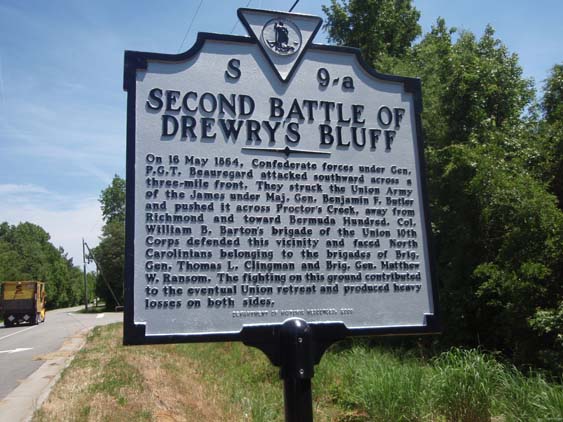
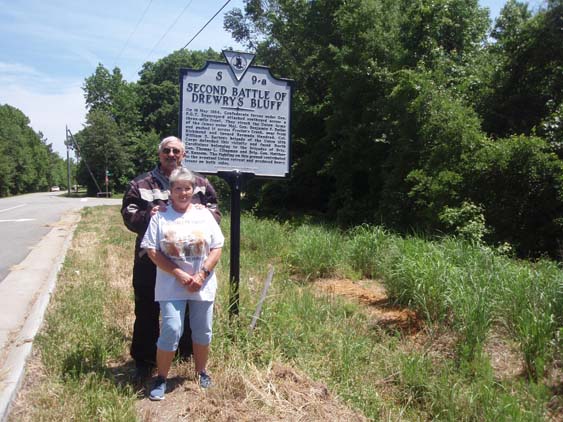
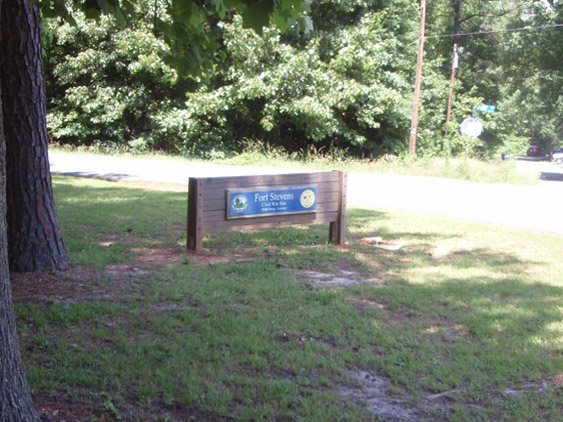
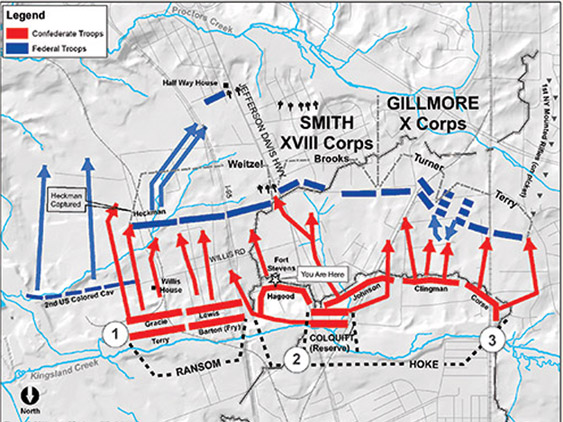
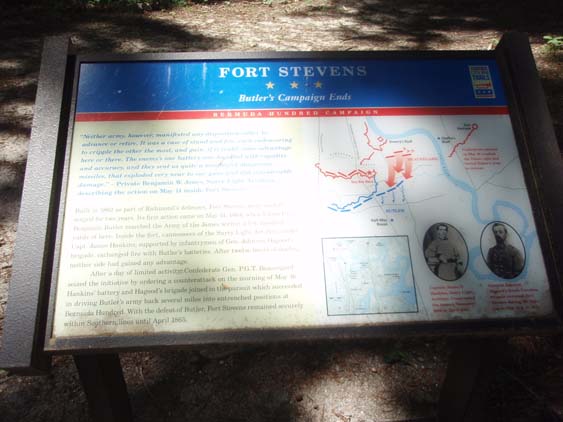
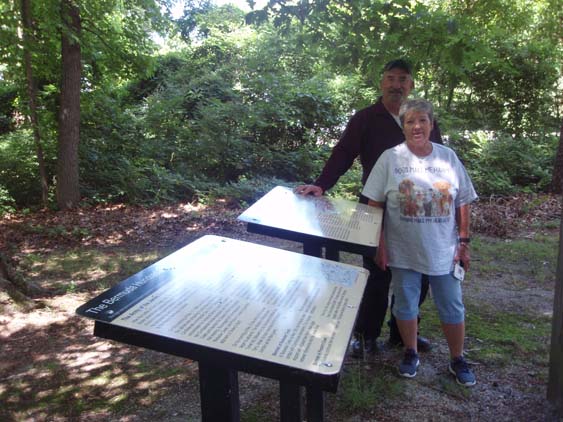
Fort Stevens was to be the center of attack with Hagood's South Carolinians posted there. Barton's (now under the command of Colonel Birkett D. Fry) Brigade was posted to the east of the fort, with the Lewis' Brigade to their left. In front of Barton's Brigade was Terry's Brigade and Gracie's Brigade was in front of Lewis'.
When visibility finally reached a minimum for operations Ransom ordered his division to advance. Ransom hit the Federals like a thunderbolt at 0445 to deliver a hammer blow to the right wing of the Army of the James. Gracie's Brigade stepped off first, followed by Terry's, then Lewis', and finally Barton's following several hundred yards behind Lewis'. Placed well in front of the main line, the 9th New Jersey of Heckman's Brigade was the first to see the Confederates emerge out of the fog and opened on them with musket fire before falling back to their position along the main line. However, in falling back, the 9th New Jersey opened up a gap exposing the entire right flank of the Federals and Gracie's Brigade was closing in. The entire right end of the Union line collapsed in confusion. A follow on assault by Hagood and Johnson met much stiffer resistance but still the blue line was pushed back. The 23rd, 27th, and 25th Massachusetts regiments stood firm and fired repeated volleys into Gracie's ranks. This stopped his advance and caused the Confederates to lie prone in order to avoid being hit. Ransom's hammer blow, thus far, was barely a pinch. Gracie asked Terry to bring his brigade forward in support. Advancing down the Old Stage Road (modern Coach Road), Terry's Brigade hit the 9th New Jersey again. The 1st and 7th Virginia outflanked the 9th New Jersey and caused the regiment to break.
The Massachusetts regiments had been holding their own against Gracie and Terry but soon they began to break and fled for the rear. The 25th Massachusetts tried to fix bayonets and attack the Confederates. However, the fog, prevented them from having a decent line of sight and with Confederates all around them, the attack fell apart and became a rout.
Lewis' Brigade came under devastating fire from Wistar and Wead's Brigades. The brigade became disoriented in the fog with two regiments moving southeast and two to the southwest. To make matters worse for them, the Federals to their front had strung telegraph wire around tree trunks so that the wire was raised shin high. The Confederates got "tripped up, tangled up, and eventually shot up, stopping their advance." Fry's (Barton's) Brigade came forward and filled in the gap created by Lewis' split brigade. Unfortunately, his brigade hit the telegraph entanglements that snared Lewis' Brigade and thus, met the same fate. All they could do now was attempt to stand up and fire back. Eventually their situation deteriorated so badly, that Ransom had to ask Beauregard for reinforcements in order to help Fry (Barton's) and Lewis' Brigades from faltering completely. Beauregard sent Colquitt's Brigade of Georgians to support Lewis and Fry (Barton). Each subsequent Confederate brigade that moved forward was greeted by telegraph wire.
By 6am, Ransom's attack was petering out. The Confederates had suffered heavy losses, became disorganized by the persistent fog, were exhausted, and their ammunition was almost depleted. The men had managed to chip a chunk out of the Federal right, but it was not bent back on its center as was originally planned. Heckman's Brigade had been routed and Heckman himself was captured when he wandered into a group of Virginians.
While Ransom's Division was being decimated by musket fire and telegraph wire, Hagood's South Carolinians stationed in Fort Stevens came under severe Federal artillery fire. Blinded by the fog, but thinking Ransom's Division was bending in the Federal right, they vacated the fort and moved forward. They soon found that not only was Ransom's Division not moving the right flank in, Ransom's Division had virtually ceased to exist. Moving ahead anyway, the South Carolinians soon became tangled in telegraph wire in front of Wistar's Brigade, which soon opened fire into the struggling Confederates. Hagood's South Carolinians were savaged in the days fighting. The brigade reported 664 casualties for their effort, by far the most of any Confederate brigade. His division struggled to move back to their outer entrenchments. Ransom saw what was happening and sent his only remaining regiment left in to help. This secured Hagood's left flank.
Despite this, Johnson's
Brigade managed to dislodge the 8th Connecticut opening a gap in the Federal
line which the Confederates took advantage of and captured some artillery
pieces in the process. Despite this success, the fog and the disorganization
it caused, affected both sides terribly and resulted in each withdrawing
segments of their lines at various moments. The Confederates and Federals
fell back to their defensive positions. After the battle, Major General
Bragg ordered Beauregard to send the brigades of Lewis, Barton, Corse,
and Terry north to Lee.
The fog made it impossible to take full advantage of the early success.
The overwhelming success of the attack actually proved to be its downfall.
The rapidly advancing Confederate lines became entangled and lost in the
fog in their rush forward. Ransom and Hoke were forced to bring the advance
to a halt to sort the scrambled units. These pauses, created by the confusion
in the Confederate ranks, allowed Butler enough time to begin his fighting
withdraw. The battle lasted thirteen hours as the Rebels pursued Butler's
troops southward. Whiting's force, that was supposed to block the retreat
route, never appeared. Suffering from poor communications and the extremely
timid leadership of Whiting the blocking force did not reach the expected
location in time and ended up bivouacking while Butler made good his escape.
The action was costly for both sides. About 6600 equally divided causalities
littered the field. Hundreds of Federal prisoners, including BG Heckman,
five battle flags and several artillery pieces were claimed. Beauregard
was disappointed that the complete destruction of the Federal forces had
not been accomplished and placed a major portion of the blame on Whiting,
who asked for and was given relief. Butler, however, was back where he
started and now had very little hope of influencing the campaign.
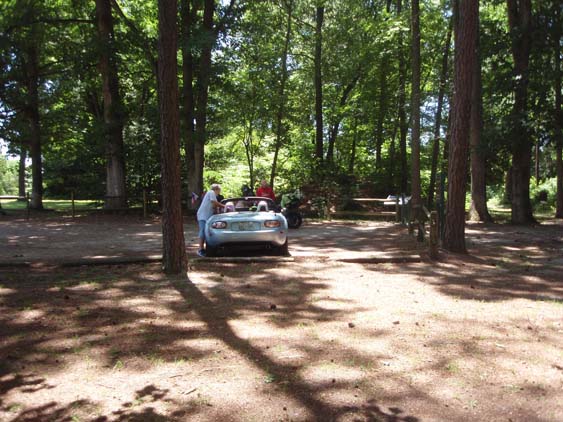
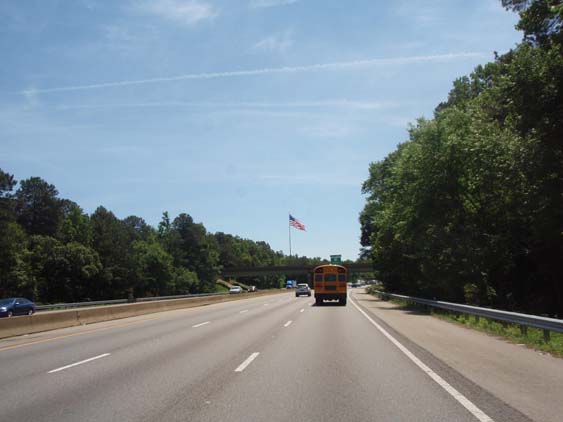
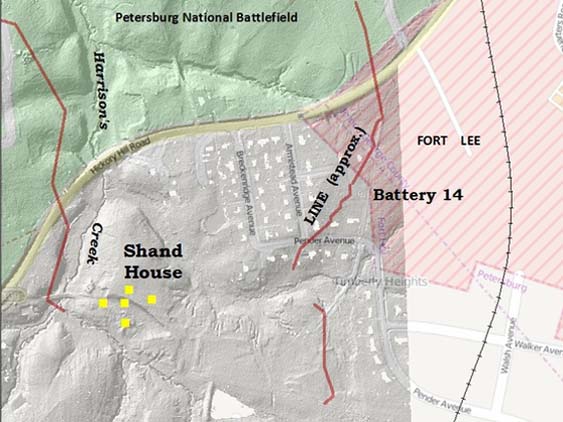
"I spent the entire
night," says General Griffin, "moving my troops through the
felled timber, getting them in proper position. I placed my brigade at
the left of the Second Corps in a ravine immediately in front of the Shand
house * * * with Curtin on my left, and a little further to the rear,
I formed my brigade in two lines. * * My orders were not to fire a shot,
but to depend wholly on the bayonet. * * * we swept their line for a mile
from where my right rested, gathering in prisoners and abandoned arms
and equipments, all the way; four pieces of artillery with caissons and
horses, a stand of colors, six hundred prisoners and 1,500 stand of arms
fell into our hands."
Had the other troops which were to follow up this attack advanced promptly,
Petersburg would probably have been taken that morning. The stand of colors,
two of the guns, and many of the prisoners thus captured were taken by
the Seventeenth Vermont. The regiment, with the Ninth New Hampshire and
Thirty-second Maine, assaulted the northerly face of the earthworks at
the Shand house. The line was formed for the assault, with the Seventeenth
on the right, in a ravine within a hundred yards of the enemy's works.
The utmost silence was enjoined, and the canteens were placed in the haversacks
to prevent rattling. At the earliest dawn, the command "forward"
was passed along in whispers, and the troops moved noiselessly to and
over the works in front, and bayoneted all who attempted resistance. The
colors taken by the Seventeenth were those of the Seventeenth Tennessee,
of Fulton's brigade, of Buckner's corps. The adjutant and 70 men of that
regiment were captured at the same time. The Vermont regiment then moved
along the enemy's line for some distance, and assisted in the captured
made by the other regiments of the brigade. In such a brilliant manner
did the regiment celebrate the anniversary of Bunker Hill12 and it was
entitled to a large share of the praise accorded to the division by General
Meade, who wrote to Burnside: "It affords me great satisfaction to
congratulate you and your gallant corps on the successful assault on the
morning of the 17th. Knowing the wearied condition of your men, from a
night march of over twenty-two miles and the continued movement during
the night of the 16th,their persistence and success is highly creditable."
The losses of the regiment on the 17th were six killed and 20 wounded,
of whom seven died of their wounds. Among the killed was Lieutenant Guy
H. Guyer of company C, one of the bravest officers in the regiment, who
fell early in the charge, shot through the left breast. The regiment was
engaged on the skirmish line on the 18th, and had four men wounded, two
of whom died of their wounds; and on the 19th had three men killed in
the trenches and two wounded, one of whom died of his wounds.
"I cannot refrain
from noticing the coincidence, that on the anniversary of the 17th of
June the Seventeenth Vermont captured the
colors of the Seventeenth Tennessee, together with guns and prisoners
number more than half their own number."-Lieut. Colonel
Cummings's report.
